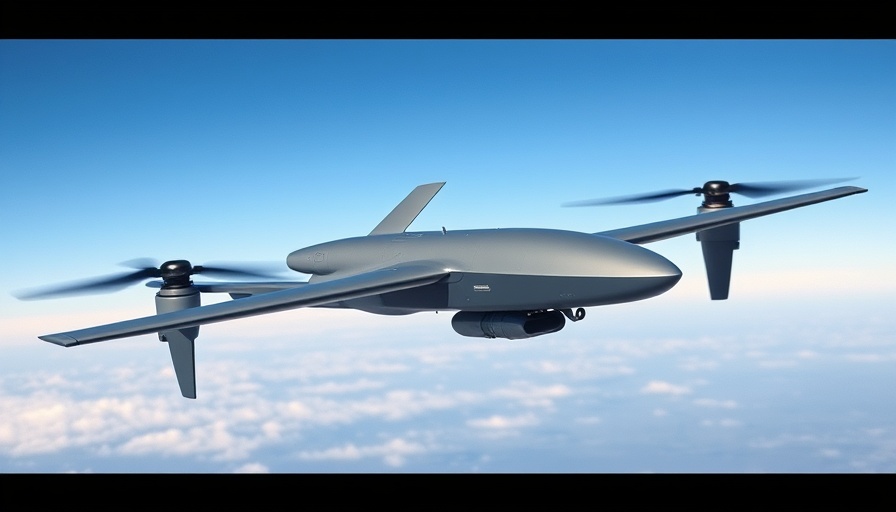
The Rising Tide of Real Estate Prices in Washington
As the landscape of real estate continues to evolve, certain areas in Washington state have positioned themselves as epitomes of affluence and luxury. An analysis of Zillow's home value index reveals that regions like Medina, Mercer Island, and Clyde Hill are not just prime real estate locations, but also reflect broader economic trends affecting the Pacific Northwest. While the pandemic exacerbated existing real estate inflation, high-income households in these zones further propelled property valuations beyond conventional expectations.
Why Medina Tops the List
At the apex is ZIP code 98039, encompassing the affluent town of Medina. This area is known for its stunning lakefront properties and proximity to Seattle, appealing to high-net-worth individuals. The 2025 median home value here skyrocketed to $4.67 million, a staggering leap from just over $3 million in March 2020. Such exponential growth signals more than just demand; it hints at significant investment potential for developers aiming to tap into the luxury market.
The Allure of Mercer Island
Following closely is ZIP code 98040, the entirety of Mercer Island—a unique enclave where over half of the households report earnings of $200,000 or more annually. The median income stands impressively high at over $200,000, with many properties exhibiting characteristics desirable to business professionals and affluent families alike. As property values continue to rise, investors should be mindful of the profitability associated with this locale, especially given its strategic location within Lake Washington.
Market Dynamics and Future Opportunities
Washington's luxury real estate market not only presents opportunities for buyers and investors but also for construction firms looking to innovate. With more homeowners seeking energy-efficient, sustainable solutions in building, developers may find unique angles to attract clientele. Emphasizing health and wellness within these spaces can add value, especially among the health-conscious business community. As such trends solidify, integrating multifamily housing options may also appeal to younger, economically agile buyers.
Challenges Ahead for the Real Estate Market
Despite the lucrative nature of high-end properties, market volatility reigns. Interest rates have been unpredictable following pandemic-era adjustments, and early signs of a cooling market may appear as potential buyers are priced out. Moreover, supply chain disruptions from recent global crises may affect construction timelines, making it imperative for facility managers and developers to remain adaptable. A focus on sustainable construction technology could pave the way for mitigating these challenges effectively.
The Big Picture
The soaring values in Washington's most prestigious ZIP codes highlight not just individual wealth but represent intricate connections to larger economic policies and local development strategies. For businesses involved in construction, the need for strategic financial planning is paramount. Whether navigating property development or construction, understanding these market trends will be crucial to remaining competitive in Washington's evolving landscape.
 Add Row
Add Row  Add
Add 




Write A Comment